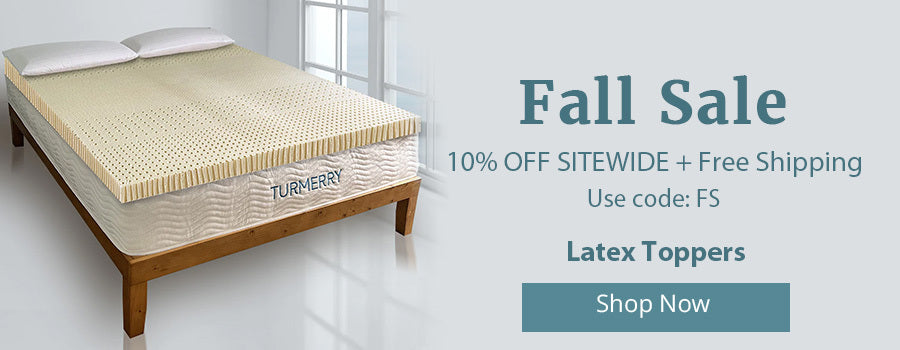Introduction
Banners have become an essential part of advertising and promotion in today’s world. Whether it’s for a business, event, or cause, banners are a powerful tool to grab attention and convey messages. However, have you ever wondered what goes into making a durable and high-quality banner? In this blog post, we will delve into the science behind banner materials, exploring the factors that contribute to their durability and overall quality.
Understanding Durability
Durability refers to the ability of a material to withstand wear, tear, and environmental factors over time. When it comes to banners, durability is of utmost importance as they are often exposed to harsh weather conditions, UV radiation, wind, and other external elements. The longevity of a banner depends on the materials used in its construction.
Vinyl Banners
Vinyl is one of the most commonly used materials for banners due to its exceptional durability. It is a synthetic plastic material made from polyvinyl chloride (PVC). Vinyl banners are known for their resistance to fading, tearing, and water damage. The material is also flexible, allowing for easy installation and transportation. Additionally, vinyl banners can be reinforced with mesh or scrim to enhance their strength and durability.
Fabric Banners
Fabric banners are another popular choice, especially for indoor events and exhibitions. They are typically made from polyester or nylon materials. While fabric banners may not be as durable as vinyl banners, they offer other advantages such as being lightweight, wrinkle-resistant, and easy to fold and store. Fabric banners are often used for trade shows, conferences, and indoor displays where durability is less of a concern.
Factors Affecting Durability
Several factors influence the durability of banner materials:
Weather Resistance
Banners are often exposed to various weather conditions, including rain, wind, and sunlight. The material used should be resistant to fading, cracking, and deterioration caused by UV radiation and moisture. Vinyl banners with UV-resistant coatings are particularly effective in maintaining their color and integrity over time.
Tensile Strength
The tensile strength of a banner material refers to its ability to withstand stretching and pulling forces.
Summary
When it comes to banners, durability is crucial. They need to withstand various environmental conditions, including wind, rain, and sunlight. The choice of materials plays a significant role in determining a banner’s durability. High-quality banners are often made from durable materials such as vinyl or polyester, which are known for their strength and resistance to tearing. These materials are also weatherproof, ensuring that the banner remains intact even during harsh weather conditions.
Additionally, the printing process used for banners greatly impacts their quality. Advanced printing techniques, such as dye-sublimation or UV printing, ensure vibrant colors, sharp images, and long-lasting prints. The ink used in these processes is specially formulated to adhere to the banner material, preventing fading or smudging over time.
Furthermore, the finishing touches on a banner can significantly enhance its durability. Reinforced hems, grommets, and stitching provide extra strength and prevent tearing or fraying. These reinforcements also allow for easy installation and secure attachment to various surfaces.
In conclusion, the science behind banner materials involves careful selection of durable materials, advanced printing techniques, and proper finishing touches. By understanding these factors, you can ensure that your banners are of the highest quality and can withstand the test of time and enviro go to these guys nmental conditions.

- Q: What factors affect the durability of banner materials?
- A: The durability of banner materials can be influenced by various factors such as the type of material used, the thickness of the material, the quality of the ink used for printing, and the environmental conditions the banner will be exposed to.
- Q: Which materials are commonly used for banners?
- A: Common materials used for banners include vinyl, polyester, mesh, and canvas. Each material has its own advantages and suitability for different applications.
- Q: How does the thickness of the banner material affect its durability?
- A: Thicker banner materials tend to be more durable and resistant to tearing or damage. They can withstand harsh weather conditions and are less likely to fade or deteriorate over time.
- Q: What role does ink quality play in the durability of banners?
- A: High-quality ink is essential for ensuring the longevity of banners. It should be fade-resistant, weather-resistant, and capable of adhering well to the chosen material. Poor-quality ink may result in fading, cracking, or peeling of the printed design.
- Q: How do environmental conditions affect the durability of banners?
- A: Environmental conditions such as exposure to sunlight, rain, wind, and extreme temperatures can impact the durability of banners. UV rays can cause fading, while heavy rain or strong winds can lead to tearing or damage. Choosing materials and inks specifically designed for outdoor use can help mitigate these effects.
- Q: Can banners be used both indoors and outdoors?
- A: Yes, banners can be used in both indoor and outdoor settings. However, it is important to select materials and inks suitable for the intended environment to ensure optimal durability and longevity.

Welcome to DIY Banner Ideas, your ultimate resource for all things related to banners! My name is Archie Macleay, and I am thrilled to be your go-to professional banner maker. With years of experience in the industry, I have honed my skills and expertise to provide you with top-notch banner solutions.



